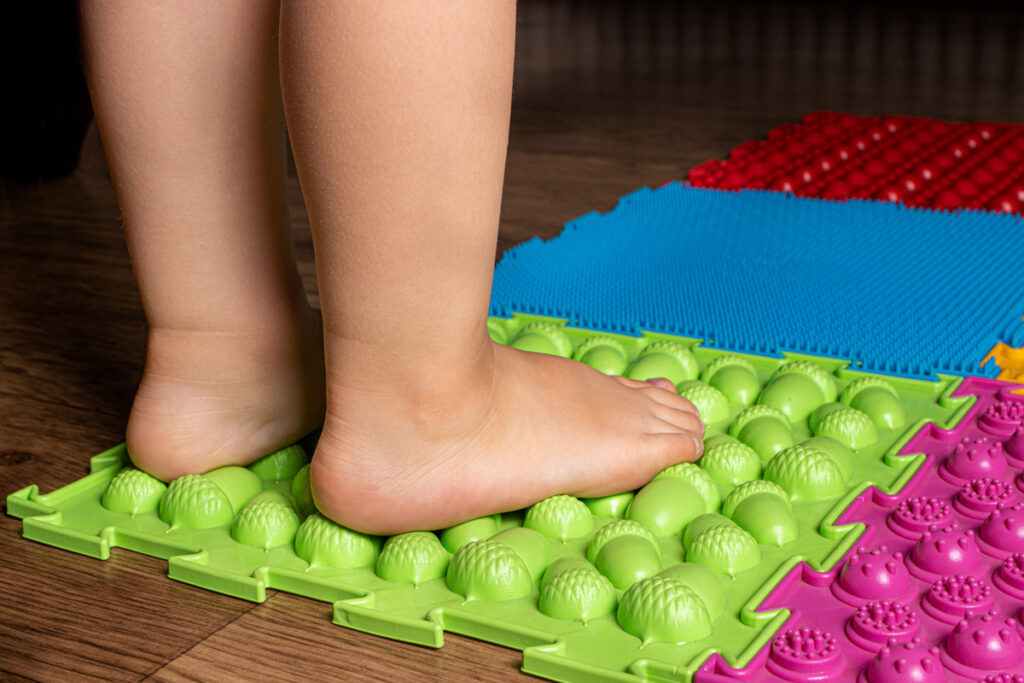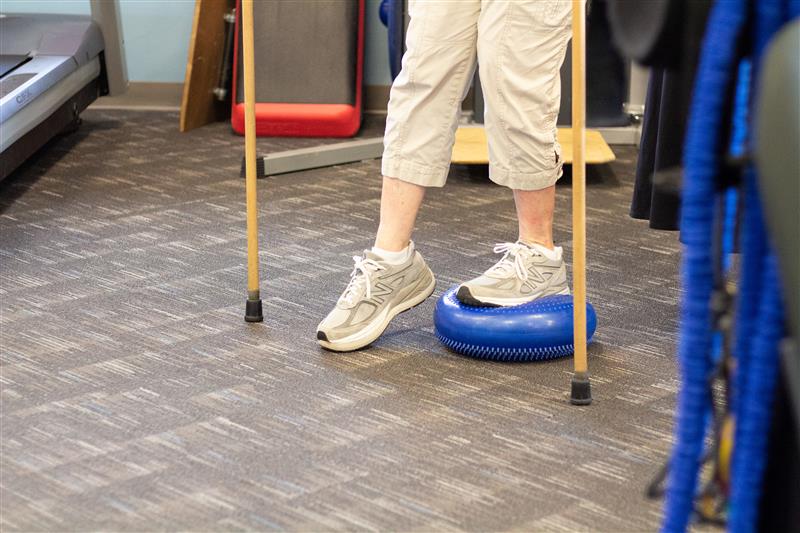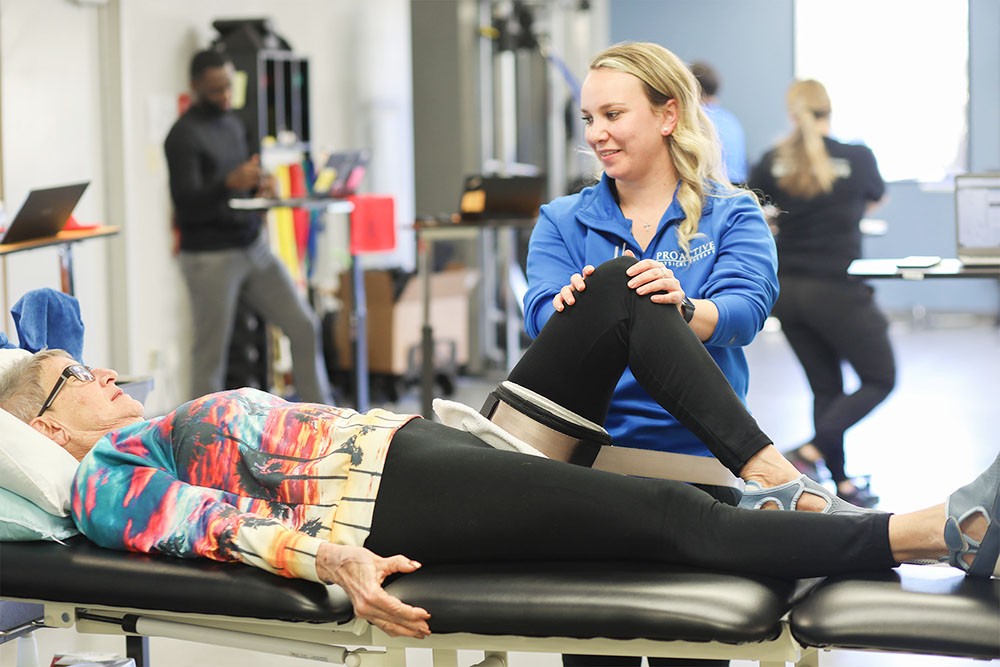Toe walking is a condition where a person walks on their toes with putting little to no weight on other parts of the foot. Especially the heel. This condition is composed of multiple aspects of functional development working together to create change over time. As a parent, you might identify toe walking in your toddler as they learn to navigate and manage their environment in an upright walking position.
Parents who discover their children toe walking often wonder what caused it and how they can help. We hope to answer a few of these questions. But more importantly to explain the importance of physical therapy in recovery.
Causes of Toe Walking
Let’s start with a few causes, looking beyond just the “muscles and bones.” Doctors have yet to identify a known cause for habitual, or idiopathic, toe walking. Biomechanical involvement due to congenital shortening of the Achilles tendon (which is often hereditary and is the result of abnormal foot structure) causes the tendon to shorten if its full length is not being used. Neurological diagnoses include muscle spasticity associated with cerebral palsy and paralytic muscle disease, or as a sign of autism. Last, but not least, there’s a sensory component that can be affected by a vestibular/visual dysfunction. A sensory processing disorder (SPD), or retained infant reflexes (ATNR/STNR) is associated with developmental delay.
A pediatrician can advise you on further medical testing and treatment. They may prefer to wait and see if the child will “outgrow” the condition. However, other treatments include:
- Physical therapy
- Night splints or bracing
- An ankle-foot orthosis (AFO) or serial casting is used to promote progressive stretching of naturally shortening tissues
- Botox therapy is used to help relax the calf muscle allowing for the stretch of the musculature. The goal would be to lengthen the muscle allowing flexibility.
Let’s talk about what you can expect from physical therapy in the treatment of toe walking.
Beyond just muscles and bones
A physical therapist can assess the “muscles and bones” of the condition. The length of the musculature, range of motion (ROM), strength, balance, palpation of the sensation, and gait.
Immediate treatment focuses on improving the range of motion and flexibility. The patient is asked to actively participate in stretching areas of tightness, working on imbalances of the skeletal system from right to left and front to back as part of a strengthening program. This teaches the body how to adjust to new positions and muscle lengths, changes in proprioception (the receptors that help your brain and body know where they are in space), how to adapt to balancing on different surfaces and textures, and how to re-educate their neuromuscular system.

The sensory of it all
When toe walking is related to vestibular dysfunctions, the inner ear may be to blame. The vestibular system, inside the inner ear, is responsible for feeding the brain information on position and movement. This correlates with the eye, head, and body positioning. If this information is skewed or perceived incorrectly, the brain may not be aware of how the feet are moving or if they are not functioning in the most effective way. In this case, the physical therapist works on vestibular habituation exercises, activities in which we move the eyes, head, neck, and extremities separately or together while working on balance training and coordination.
If your child is sensitive to touch and different textures or has an aversion to shoes, socks, or bare feet, this may indicate a sensory processing issue, or even sensory processing disorder, for which the child may walk on their toes to avoid overstimulation. In this instance, therapy can help by implementing tactile techniques. Desensitizing the bottom of the foot is an important part of improving tolerance for walking with the whole foot.
Last, but not least, facilitate new gait
To do so, the physical therapist is tasked with creating an environment in which the toe walkers are asked to adjust.
If your child is a toe walker, visit us at any of our Tucson locations to best determine an ideal treatment. Don’t hesitate to schedule an appointment with our team of certified physical therapists at ProActive.




